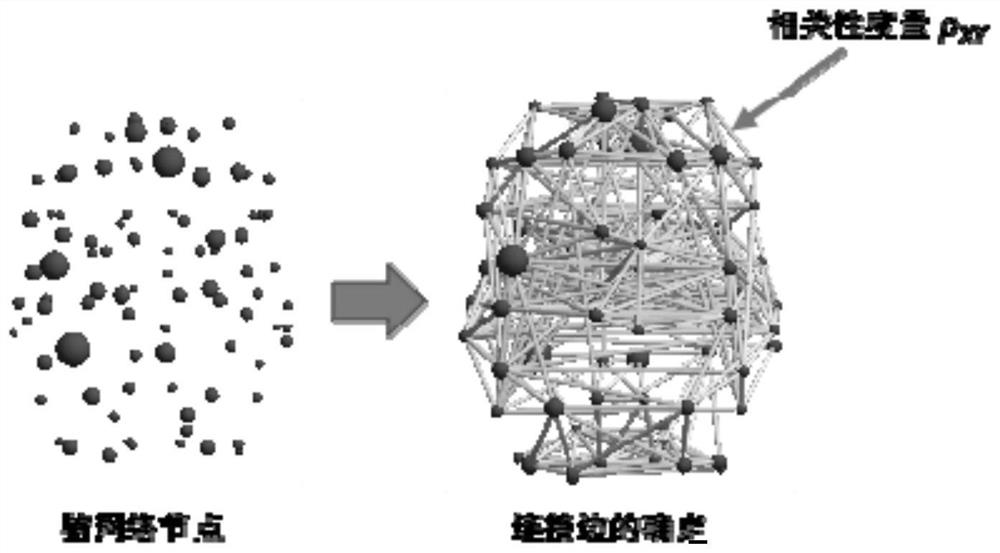A feature extraction method for Alzheimer's disease brain network based on continuous homology technology
A network feature, brain network technology, applied in the field of brain network analysis, can solve the problems of poor calculation accuracy, lack of clear selection rules, heavy calculation load, etc., and achieve the effect of reducing the calculation load
- Summary
- Abstract
- Description
- Claims
- Application Information
AI Technical Summary
Problems solved by technology
Method used
Image
Examples
Embodiment 1
[0028] to combine figure 1 , the realization of the present invention comprises the following steps:
[0029] (1) The diagnosis of Alzheimer's disease requires functional magnetic resonance scanning for further diagnosis. Extract the resting state functional magnetic resonance data of the patient. The data imaging adopts a 3T magnetic resonance scanner, the deflection angle is 77°, the repetition time TR is 2m, the recovery time is 32ms, the imaging matrix is 64×64, and the field of view FOV is 256×256mm 2 , the number of scanning layers is 34, the volume imaging is 150, and the voxel thickness is 4mm. SPM8 is used to complete time layer correction, head movement correction, standardization, smoothing and other processing, and DPABI is used to complete covariate removal and local consistency verification.
[0030](2) Select the AAL (Anatomical Automatic Labeling) brain network segmentation template, divide the brain into 90 functionally specific local ROI brain regions, ab...
Embodiment 2
[0050] Step 1: Data preprocessing. Magnetic resonance scans were performed on patients with Alzheimer's disease to obtain resting-state functional magnetic resonance data. And preprocessing work such as time layer correction, head motion correction, standardization, smoothing and removal of covariates is performed on the obtained magnetic resonance time series data.
[0051] Step 2: Brain network division. Select the brain region segmentation template, physically segment the whole brain map, and determine the nodes in the brain network connection. For the brain region segmentation results of each node, extract the preprocessed time series data in step 1, and perform overall mean value processing on the time series of each voxel in each brain region to obtain a set of time series values.
[0052] Step 3: Brain network construction. Using the mean value of the time series of each brain region node obtained in step 2, do a temporal correlation analysis between different brain ...
PUM
 Login to View More
Login to View More Abstract
Description
Claims
Application Information
 Login to View More
Login to View More - R&D
- Intellectual Property
- Life Sciences
- Materials
- Tech Scout
- Unparalleled Data Quality
- Higher Quality Content
- 60% Fewer Hallucinations
Browse by: Latest US Patents, China's latest patents, Technical Efficacy Thesaurus, Application Domain, Technology Topic, Popular Technical Reports.
© 2025 PatSnap. All rights reserved.Legal|Privacy policy|Modern Slavery Act Transparency Statement|Sitemap|About US| Contact US: help@patsnap.com



